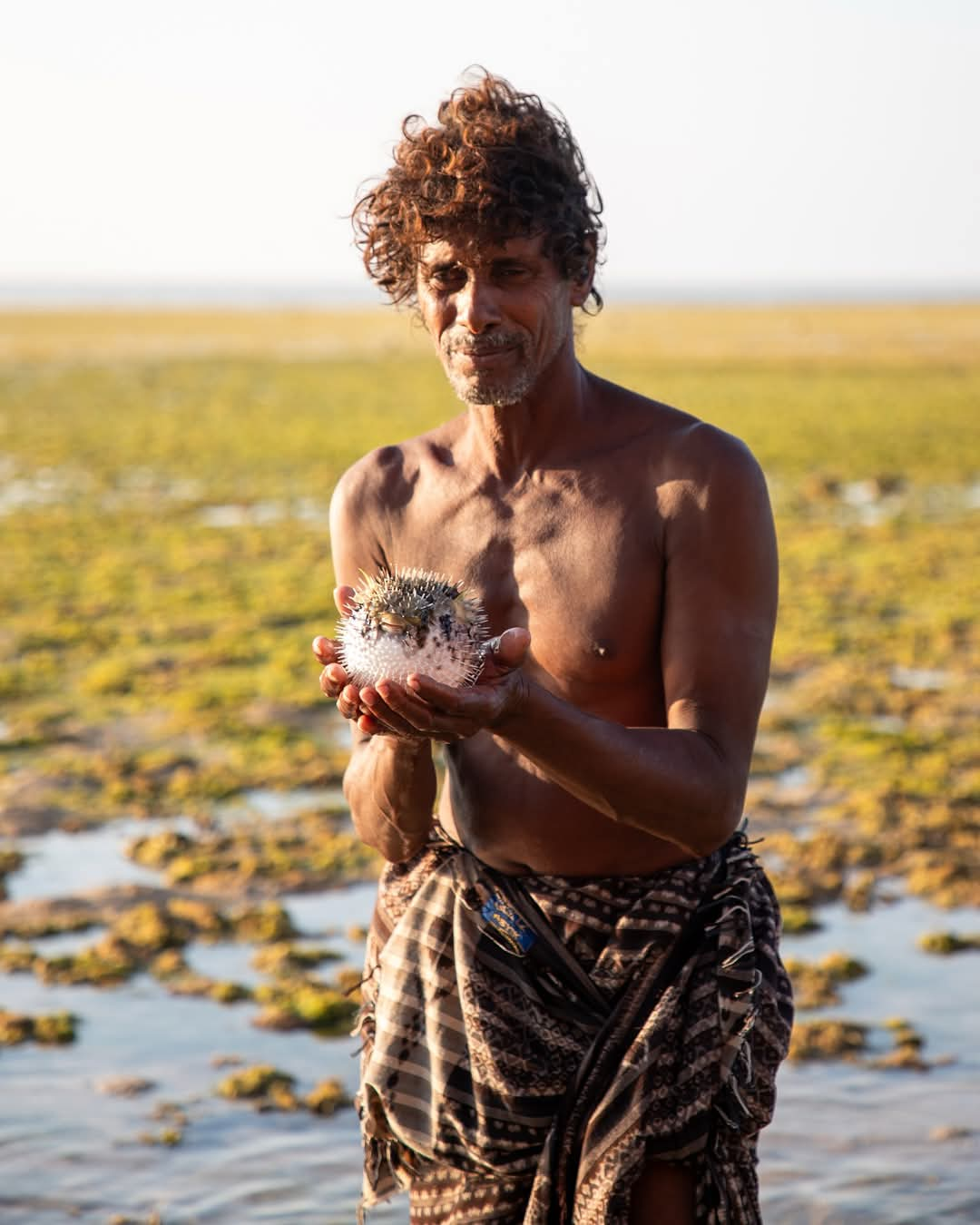People
Far from the rush of the modern world, the people of Socotra have built a life deeply connected to their wild, beautiful island. Known as the Socotris, they are a small community of around 50,000, living much as their ancestors did for centuries — herding goats, fishing the clear blue waters, and tending the land that has shaped their culture and spirit.
The Socotri people speak their own ancient language, Socotri, a tongue so old it’s closer to the languages spoken by the Queen of Sheba’s traders than to modern Arabic. It’s a living echo of a time when Socotra was a vital stop on the frankincense and myrrh trade routes, linking Africa, Arabia, and beyond.
Their traditions are simple but full of meaning. Life moves with the rhythm of the seasons — the monsoon winds, the arrival of rains, the blooming of rare plants. Many families still live in stone huts or palm-leaf shelters during the dry months, close to their animals and the land.
Socotri clothing is practical and shaped by the climate: men often wear light, flowing robes or simple cloth wraps, while women dress in colorful fabrics, sometimes adorned with bright jewelry made from beads, silver, and seashells. Traditional dress is still common, especially in the smaller villages tucked away between the mountains and shores.
Music and poetry are at the heart of Socotri life. The islanders gather for evenings filled with oral poetry, songs passed down through generations, telling stories of love, loss, the sea, and the mountains. The melodies are haunting and raw, often accompanied by simple drums and clapping — a soulful reminder of the island’s ancient spirit.
Despite the challenges of modern times, the Socotri people are proud stewards of their unique home. Their way of life, so deeply tied to the land and sea, offers a rare glimpse into a world where human culture and nature still live in harmony. Come meet the people of Socotra — and discover a culture as rare and beautiful as the island itself.

